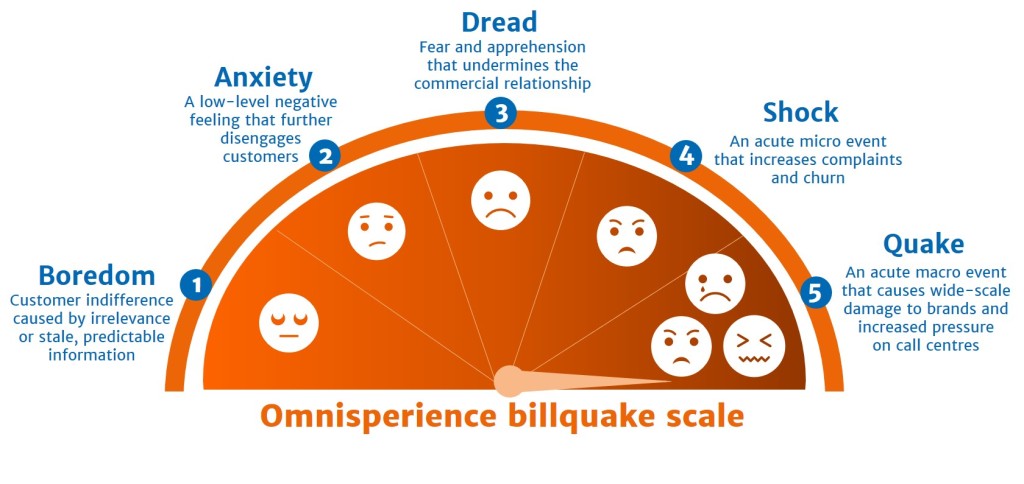Georgina Elrington explains why CSPs are investing to transform their bill communications and what they’re investing in.
The perception of bills is that they are very simple demands for payment generated by legacy billing systems. They have been historically generic, paper-based, and often delivered with a tone of voice that was at best officious and, at times, intimidating. Increasing amounts of information have also been added to bill documentation to fulfil the requirements mandated by regulators as well as to meet the needs of CSPs themselves. The resulting presentation of the bill, while accurate, has been hard to decipher, and not very interesting.
Current bill formats are costing CSPs money
As many as three-quarters (75%) of the CSPs involved in the Omnisperience study thought that their bill presentation wasn’t clear enough, resulting in customers having to contact call centres for an explanation. This is both expensive to manage and detrimental to the customer experience.
On top of this, legacy bills can also drive a range of negative emotional responses in customers including: bill dread – where a negative billing experience exacerbates a fear response when a new bill arrives; bill shock – where customers discover that the bill is far bigger than expected, resulting in fear, anxiety and frustration; and bill apathy – where bills are always the same. This latter factor can often result in customers putting the bill aside without even looking at it, further cultivating a ‘zero engagement’ scenario.

While CSPs have tried to meet customers’ needs for a more digital experience, these initiatives have often been little more than a digital representation of legacy paper bills: ie it’s the same information but delivered via online portals or emailed as PDFs.
Towards value-added billing
The good news is that legacy bills – both paper and digital – are finally evolving. With greater analytical capabilities (92% of CSPs intend to add analytical and reporting capabilities) and better designs (83% are going to improve the look and feel of bills) bills are set to become an effective mid-lifecycle customer communications asset rather than just a dull demand for payment.
Enhanced bill communications can help customers (be they enterprise, SME, micro, or even a household) to understand what they use as well as how their usage and services are aligned. And by including expanded explanations on one bill – such as charging and usage parameters for example – there will be fewer instances of multiple bill generation.
Also evolving is the personalised tone of voice to help encourage engagement, and the addition of demonstrable value, rather than just listing the cost of services. This kind of progress can enable the bill to be rapidly adapted to embrace future initiatives such as 5G, or new packages aimed at gig economy or homeworkers. It will also transform the bill into a platform to recommend new products and services that are tailored to the customer based on previous patterns of behaviour.

[…] Article: Why CSPs are investing to transform bill communications […]
[…] Article: Why CSPs are investing to transform bill communications […]